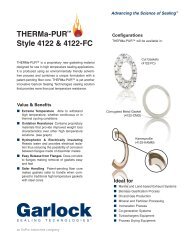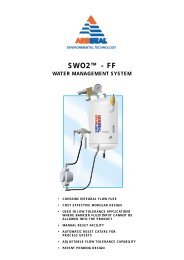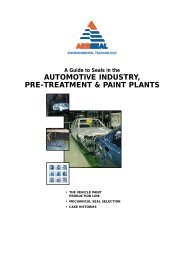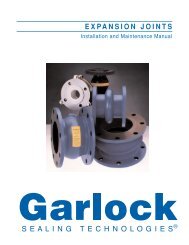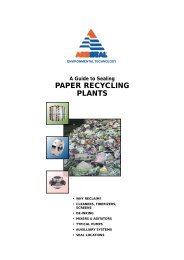You also want an ePaper? Increase the reach of your titles
YUMPU automatically turns print PDFs into web optimized ePapers that Google loves.
Actuated Service<br />
By virtue of its low torque design, the <strong>Cam</strong>-Tite Ball Valve is an inexpensive and easy valve to actuate.<br />
The low torque feature allows the valve to be actuated with a much smaller and more cost<br />
effective actuator. This means you have the superior performance of the <strong>Cam</strong>-Tite Ball Valve at a lower<br />
package cost than with conventional ball or plug valves.<br />
When it comes to actuated "isolation" valves,<br />
the <strong>Cam</strong>-Tite is truely unique. To begin with,<br />
since there is virtually no load on the seats<br />
when the valve rests in the open position, the<br />
seats remain in prime condition waiting to be<br />
called into service. Since there is no<br />
"breakaway" when moving from the open to<br />
closed positions, the actuator is set into motion<br />
without opposing load. Only when the valve is<br />
essentially closed does the valve operating<br />
torque reach design peak. It is nice to know<br />
that when peak load is reached, the valve is<br />
already closed.<br />
Engineered Valves can supply actuator packages utilizing the Compact rack and pinion actuator or any<br />
other actuator suited to your needs. Actuator packages are completely assembled and tested by<br />
Engineered Valves to meet our highest standards of quality.<br />
Typical actuator mounting is accomplished either by utilizing the flange pads on flanged end<br />
valves or by replacing the cover bolts with studs and double nuts on socket, threaded and buttweld<br />
configurations. Both methods allow the removal of the actuator without disturbing the body/cover seal.<br />
If field mounting of actuation is necessary, the<br />
following guidelines should be followed:<br />
1. Use flange pad mounting when available. If<br />
not, then machined studs must be used –<br />
not threaded rod.<br />
2. It is recommended that if the bonnet is<br />
loosened, then the cover gasket should be<br />
replaced.<br />
3. Bolting torques shown on page 40 should<br />
be followed.<br />
4. The rotational stop pin in the cover (3", 4" and 6") should<br />
be removed. Open/closed positioning should<br />
be accomplished by proper adjustment of<br />
the actuator travel stops.<br />
See pages 26-29 for actuator mounting details.<br />
18


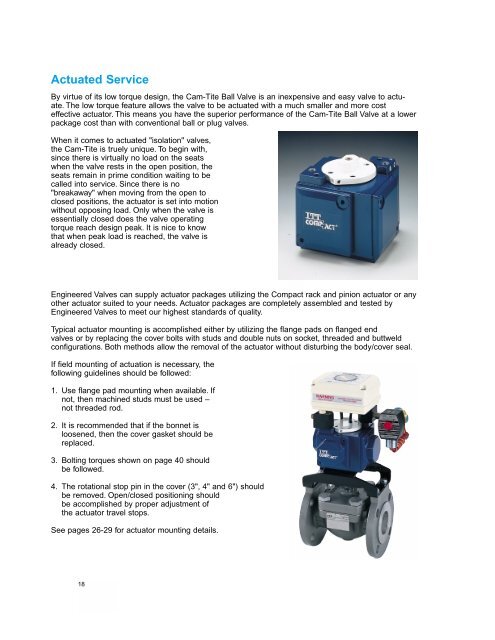

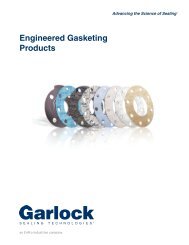
![VCS Flange Gasket [1.03 MB] - AR Thomson Group](https://img.yumpu.com/12044617/1/190x245/vcs-flange-gasket-103-mb-ar-thomson-group.jpg?quality=85)

![PGE Flange Gasket Product Brochure [1.04 MB] - AR Thomson Group](https://img.yumpu.com/12044595/1/190x245/pge-flange-gasket-product-brochure-104-mb-ar-thomson-group.jpg?quality=85)
